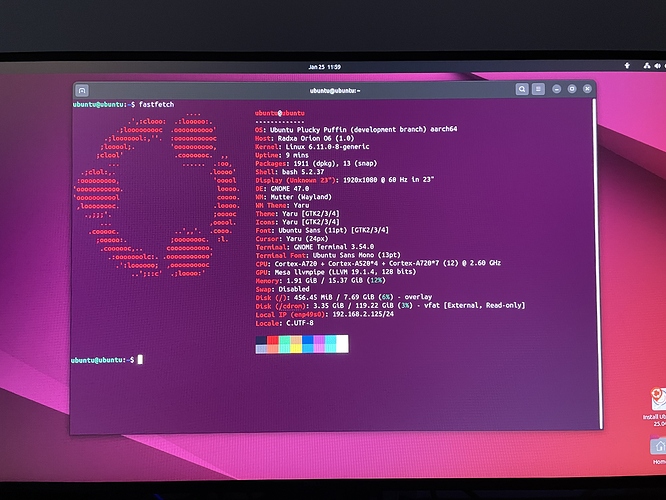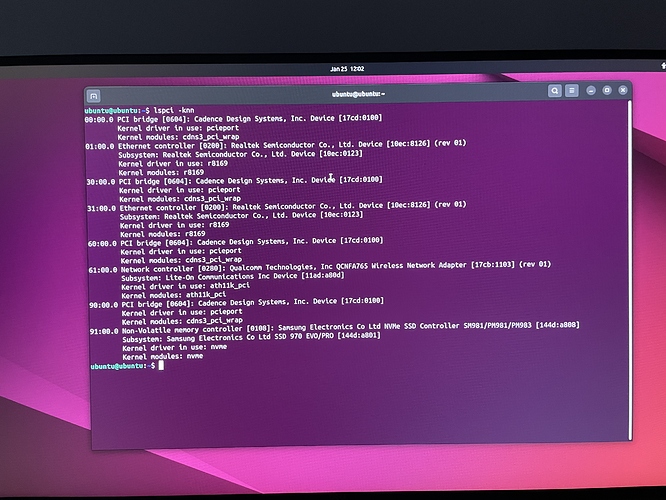Presentation about the board uses “open source” phrase very often. Some may say that too often but that’s the other story.
Some people, outside of Radxa company, already have boards. So far no one complained about lack of kernel source which they should get access to due to GPLv2 license.
Public source code release is promised in “Q1 2025” so up to two months and we can take a look.
But that’s vendor kernel. 6.1, LTS, not up to date, vendor kernel. With whatever makes board run inside.
Who will take care of adding support for the board in mainline kernel? Radxa? Cixtech? Someone paid by one of them? Or random people from community in their spare time?
What about upstream edk2-platforms? Same question set.
I do not ask about FreeBSD support even cause it may be too early for it.

